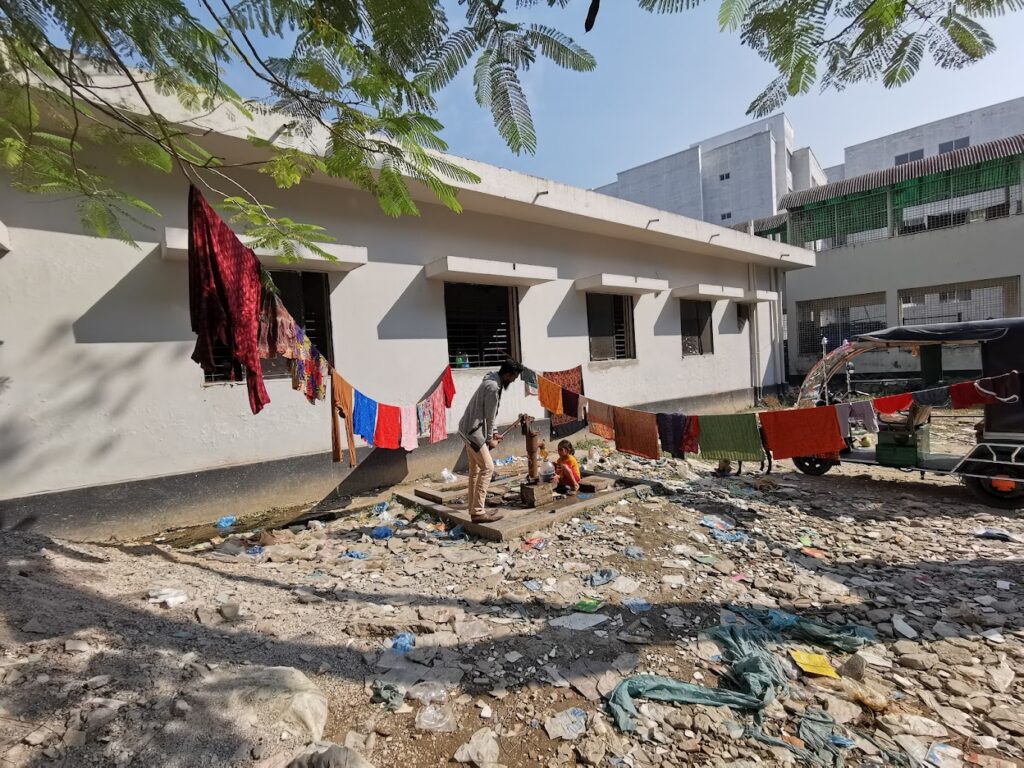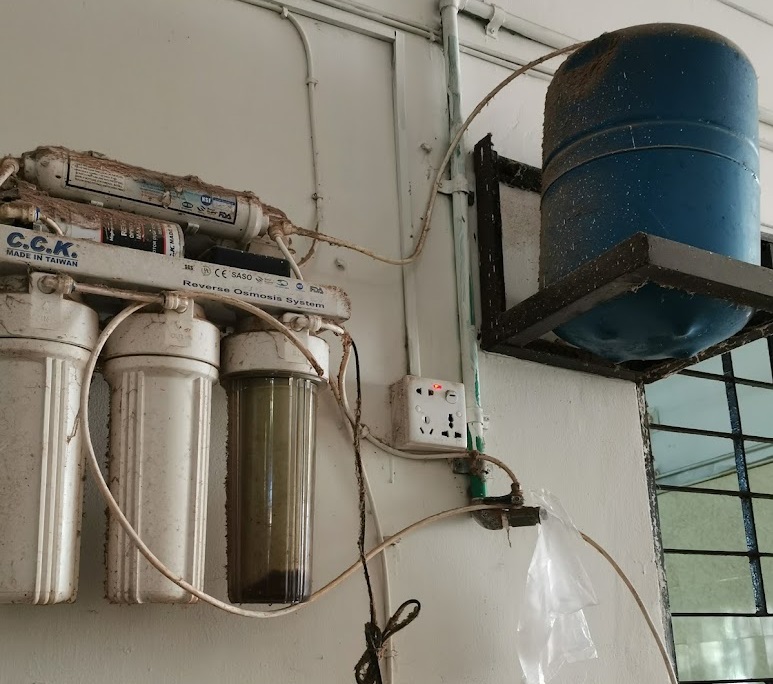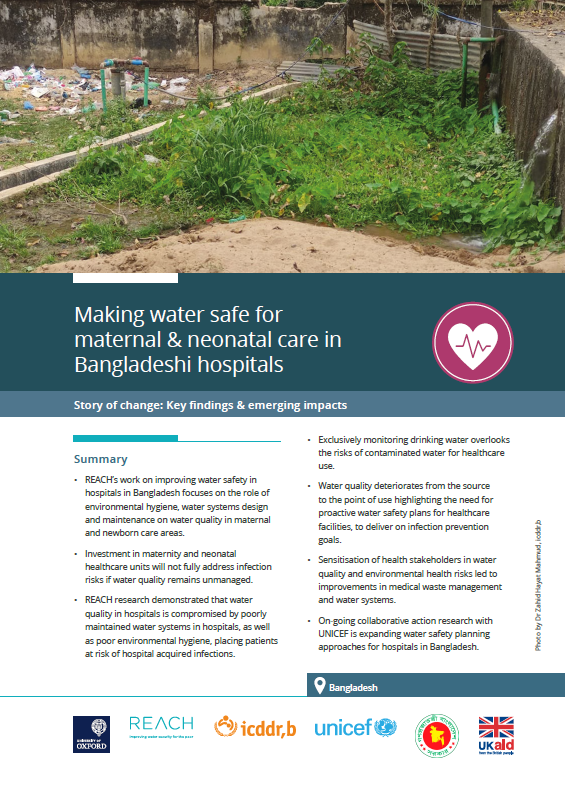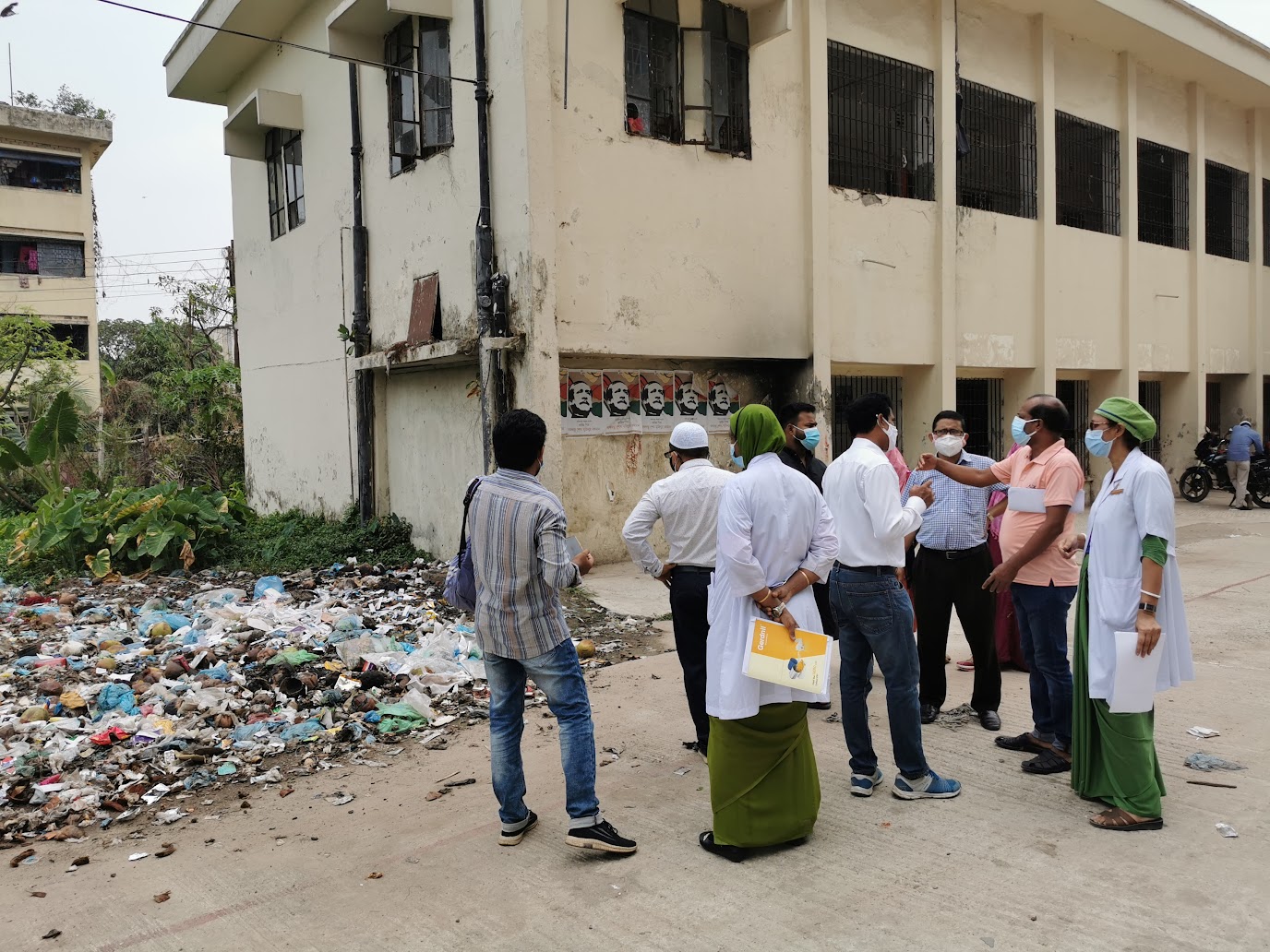Dr Li Ann Ong, University of Oxford
First, do no harm: our moral obligation is to provide a safe healthcare environment.
My motivation to work on WASH in healthcare facilities (HCFs) stems from my past career as a critical care doctor, working in diverse resource settings across Europe, Australasia and the Pacific Islands. During my clinical tenure, I have witnessed how the quality of WASH services at different facilities impacts the care our patients receive and their experience. Inadequate WASH services in healthcare facilities put patients at risk of harm. Globally, healthcare-associated infections are the leading cause of adverse harm to patients seeking healthcare, preventable with the appropriate infection prevention behaviour and practice.
The vital importance of functional WASH services to prevent infections is irrefutable. Yet, I am astounded by the paradoxical mismatch in the availability of these essential WASH services despite global health efforts to expand clinical services in Low- or Middle-Income Countries (LMICs), including birthing units and newborn units, to address the disproportionate burden of maternal and newborn mortality.
From my experience, and exemplified by surveys on the environmental services in healthcare facilities with established water and hygiene infrastructure, operation and maintenance of the hardware are not routinised. Consequently, WASH infrastructure, such as waterpoints for hygiene practices or equipment cleaning, are often non-functional or in poor hygienic condition. Critically, the accompanying patients’ attendants and family members who undertake many caregiving duties to the patients are overlooked in the WASH service planning. These invisible primary carers cannot access the WASH services required for appropriate hygiene practices in caring for the patients.
Having witnessed the physical, emotional, mental and financial toll healthcare-associated infections have on patients and their families, I firmly believe that as healthcare providers, we have a moral imperative to provide a safe environment for people seeking care and to protect the vulnerable from preventable harm. When I transitioned from clinical work to global health research, my past work and life experience inevitably shaped my advocacy voice to highlight the prevailing gaps in WASH services in HCFs in LMICs, impacting the quality of healthcare services enshrined in the premise of universal health care.
The paradoxical mismatch in therapeutic and WASH services in healthcare facilities
A particular challenge I have found in advocating for quality WASH services in HCFs is navigating the different institutional ideologies on the relative importance of WASH services to their respective sectoral agendas and priorities. For example, health actors in both government and non-government organisations prioritise clinical interventions and diagnostic services over WASH in healthcare services planning or programmatic activities, which reflects the therapeutics-orientated nature underpinning our medical profession.

In our work with UNICEF Bangladesh, to examine the quality of the WASH services, we demonstrated that even though hospitals met current JMP criteria of basic water services, that did not equate to safe water for healthcare use. Galvanised by the pilot study results, we have been engaging the healthcare stakeholders to highlight the detrimental harm to patients and staff from precarious WASH services and poor water quality, which will undermine their clinical efforts and any potential therapeutic benefits from health service investments.
A paradigm shift in the WASH narrative: more than drinking water infrastructure
Implementing functional WASH services to meet the clinical service needs and infection prevention goals requires cross-sectoral input and expertise. However, as a new development agenda, the WASH in HCF framework is shaped by a legacy of experience, frameworks and strategies rooted in the household setting. For the non-health WASH actors, the predominant discourse on access to improved water services is confined to access to improved infrastructure in accordance with the contemporary JMP definition and safe drinking water standards.

Unsurprising, the hardware-centric narrative has spurred infrastructure investments by development partners and NGOs to address the pre-existing gaps. This was evident during the COVID-19 pandemic, with the mass installation of handwashing facilities to support optimal hand hygiene behaviour. However, from my observations in the field during and after the pandemic, many of the installed infrastructures had fallen into disrepair or were in unhygienic condition as the requisite operations and maintenance requirements were not met.

Beyond drinking water: monitoring of water for healthcare use
Another aspect we have been working on in our healthcare water services project is highlighting the importance of safe water for healthcare use beyond drinking. The monitoring of drinking water to recommended standards has been normalised in the WASH sector. However, there is an overt gap in discussions on the health risks to patients from healthcare-associated infections when contaminated water is used for healthcare activities. Consequently, the monitoring of water services in HCFs is limited to drinking water only. Without appropriate monitoring of water for healthcare use, especially in high-risk clinical areas caring for vulnerable patients, we have seen WASH facilities not maintained and becoming contaminated.
Rather than being an instrument for averting infections and protecting patients, unsafe WASH services can paradoxically become a vehicle for infection. This is particularly pertinent with the escalating anti-microbial resistance globally. The adage “prevention is better than cure” is even more relevant as infections with resistant bacteria become harder to treat. The importance of WASH services to disrupt contagion transmission has long permeated the infection prevention and control discourses. However, the implementation of safe and effective WASH services to deliver the intended objectives is sadly lacking.
Shifting the cross-sectoral narratives and institutional commitments to realise safe WASH services for all
I hope our work can trigger a shift in the current WASH in the HCFs narrative among development partners, health and WASH stakeholders on the need for proactive risk management for WASH services that considers contextual factors and user risk. There is an urgency in how WASH services for healthcare facilities are considered in health services planning and global health programmes, which currently prioritise clinical activities in resource allocation for the clinical workforce.
Non-clinical healthcare workers such as cleaners and WASH maintenance staff are overlooked despite their essential role in delivering a safe, hygienic environment and WASH services, which are fundamental building blocks to a quality health service. The actualisation of WASH services that are functional, equitably accessible and safe is conditional on institutional acknowledgement and political will.

For more information about this work, read the full Story of Change.

